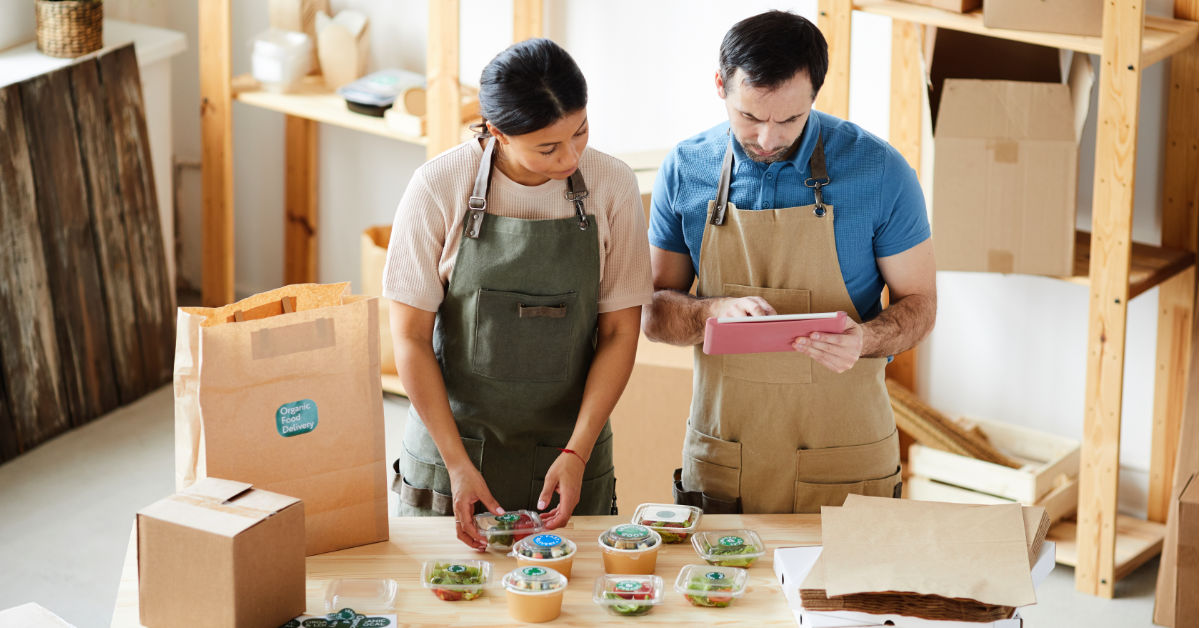Paper-based packaging materials are suitable for recycling and composting but lack some key properties, such as water and oil resistance and gas barrier. To overcome these limitations, researchers from the Thai School of Science, Mae Fah Luang University, and the British School of Engineering and Materials Science, Queen Mary University of London, have developed a shellac-based coating.
An ally for food protection
The molded paste materials obtained from renewable sources guarantee sustainable packaging but are not very suitable for maintaining the quality and duration of the products. The new shellac-based coating adapts perfectly to instant, dehydrated, frozen, and refrigerated foods.
The coating ensures water vapor and oxygen transmission rates similar to those of conventional packaging materials, such as low-density PE, oriented PP, and PE terephthalate, but starting from renewable and fully recyclable and compostable resources.
What is shellac?
Shellac is a resinous substance obtained from the secretions of the female Hemiptera and is collected from the bark of the trees on which it is deposited. Due to its edibility, oil resistance, thermoplastic behavior, and moisture barrier properties, shellac is widely used in the pharmaceutical and food industries. This natural resin is mainly produced in India, Thailand, and China, but also in Mexico, Bangladesh, Laos, Myanmar, and Vietnam.
The tests
For the experiment, the researchers coated a printed cellulose packaging with a nanocomposite layer of nanofibrillated cellulose (NFC) and shellac to improve the product’s strength. Through an esterification reaction, the researchers slightly modified the nanocellulose to facilitate its dispersion in the coating layer.
Tests have reported excellent results from the material both in terms of water and grease resistance.
Cutting costs
The study was published in the SCI journal Polymer International to highlight the potential of shellac in making an environmentally friendly, biodegradable, and resistant coating. The price of the shellac coating would be today three to ten times higher than the materials currently in use. The next step will therefore be to develop a more economical and scalable sustainable coating, through an appropriate selection of materials and a corrective analysis of the processes.
Source: packaginginsights.com


